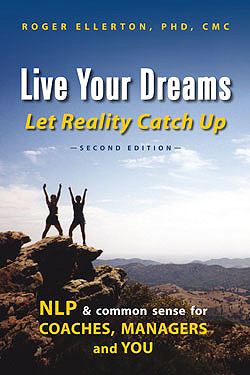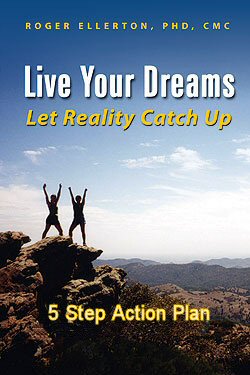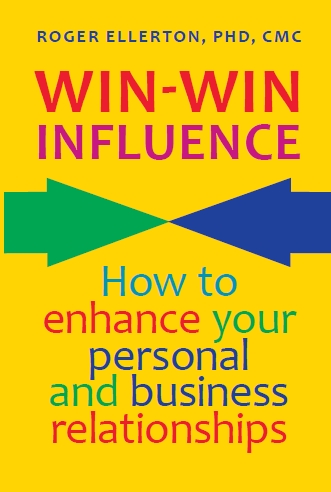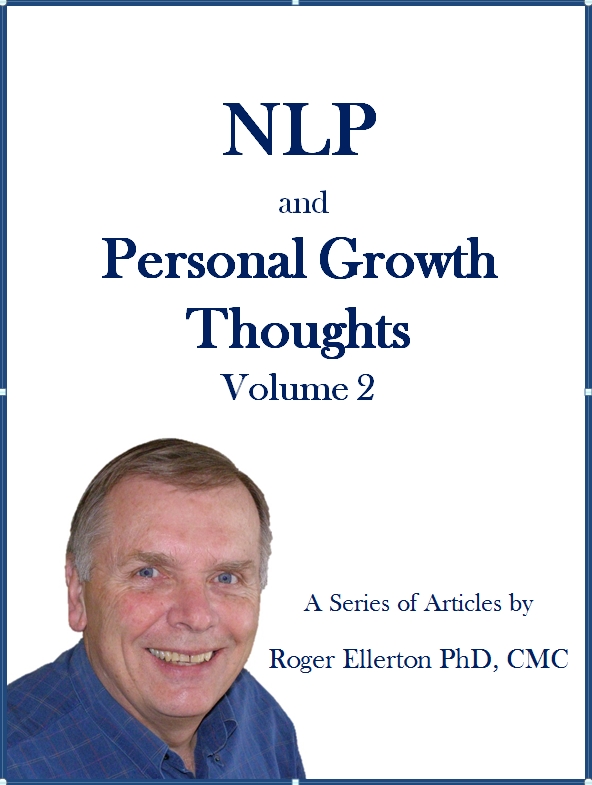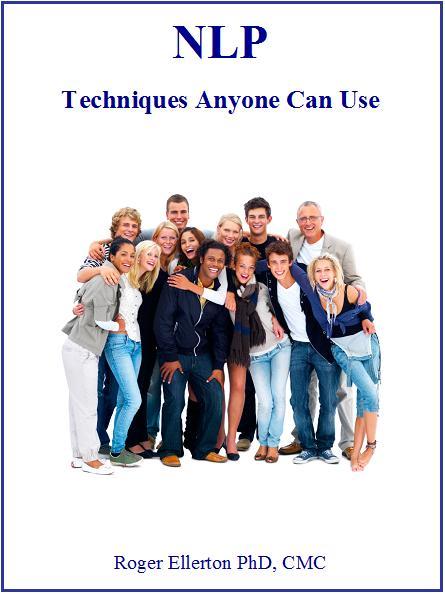NLP's Auditory Digital Representational System
By Roger Ellerton Phd, ISP, CMC, Renewal Technologies Inc.
This article may not be republished without written permission from Roger Ellerton/Renewal Technologies Inc. If you republish this article without permission, you will be in violation of copyright law and sent an invoice. You may share this and other pages with your friends by linking directly to this page from your website or blog.
The purpose of this article is to provide additional insight into the auditory digital representational system and to spark your thought processes and potentially a discussion.
NLP Representational Systems
We access information through our senses: see (visual), hear (auditory), feel (kinesthetic), taste (gustatory) and smell (olfactory). To process and store this information, we make pictures in our minds of what we believe we have seen, sounds of what we believe we have heard, etc. In NLP, the different ways that we represent or store information in our mind are called representational systems. There are six in total. Five of which correspond to the senses: visual, auditory, kinesthetic, gustatory and olfactory; plus auditory digital which is devoid of the senses and focuses on discrete words, facts figures and logic.
We use all of the representational systems and often have a preferred system. For example, when learning something new, some of us may prefer to see it or imagine it performed, others like to hear how to do it, others choose to get a feeling for it, and yet others make sense of it. In general, one system is not better than another and your preferred representational system may change over time. People at the top of their profession typically have the ability to use all of the representational systems and to choose those most appropriate for the situation.
For more information on representational systems, please see the article NLP Modalities and Representational Systems.
Auditory Digital Representational System
The auditory digital system is not related to any of our senses. Instead of saying something "looks good", "sounds right", "feels nice", "tastes good" or "has the smell of success", a person with a preference for auditory digital may say, "this makes sense", "is logical" or "the specifications are correct".
People with an auditory digital preference, will tend to:
- Have a need to make sense of the world, to figure things out, to understand.
- Talk to themselves and carry on conversations with you in their mind. Often they will say they remember discussing something with you, when you actually did not have the conversation. They did, however, in their mind!
- Learn by working things out in their mind.
- Not be spontaneous, as they like to think things through.
- Have logic play a key role in the decision process as do facts and figures.
- Memorize by steps, procedures, sequences.
Two Questions for You to Consider
Please consider the following two questions. I would appreciate receiving your thoughts.
- Is the auditory digital representational system a consequence of our modern society?
- Is auditory digital a default system for safety?
When man first walked on this planet, he was highly dependent on his senses for food, shelter and to escape danger. To survive for another day, he was intimately connected with nature. He did not have need for facts and figures to keep track of what little he possessed nor logic to prepare a plan or win an argument.
Gradually man accumulated possessions and it became necessary to keep track, manage and develop these possessions through using facts, figures, planning and logic.
Today modern man sends and receives hundreds of e-mails, text and voicemail messages, with the main focus on the content (facts, figures, logic) of the message. Thus he spends less time using his senses to be aware of what is happening around him or to enjoy the beauty of nature or the creations of artisans.
And then there are those among us who have given up modern technology and its trappings or who have established limits on its use and influence, in order to take advantage of local or national parks or to move to the countryside to get back in touch with nature.
Although I have not done any significant research to verify it, it is my contention that many people who have a preference for auditory digital actually have an unexpressed preference for one or more of the other representational systems. These unexpressed preferences were put aside, buried or discounted during their childhood years due to ridicule, inappropriate behaviour, being chided for their opinions or desires by people in authority or respect.
I have met people who grew up in families where feelings were dismissed, or their dreams or attempts to create objects of beauty were laughed at and ridiculed as a waste of time and money. To avoid or minimize this criticism and ridicule, they retreated into themselves - keeping their thoughts and dreams inside, searching for something that could not easily be criticized, a place where using facts, figures and logic they could figure it out for themselves. People in authority or respect may find fault with a colour choice, how something feels, sounds or tastes or smells; but it is more difficult to find fault with facts and figures built on a logical and reasonable thought process. And if you simply process your thoughts internally and keep your desires to yourself, what is there to defend other than you are not as expressive as others?
As these people who selected auditory digital, as a default safety option, become adults and more aware of who they are and their true potential, there is a desire to decloak and fully express themselves by reaching out and hugging others or through visual art or music or through their own creativity. For some, this is an unfamiliar activity and they are not sure how others will react or indeed how to even go about doing it. So they wait and wait and try to figure it out. NLP is a great vehicle to assist with this self-expression in a safe and respectful manner.
Author: Roger Ellerton is a certified NLP trainer, certified management consultant and the founder and managing partner of Renewal Technologies. The above article is based on his book Live Your Dreams Let Reality Catch Up: NLP and Common Sense for Coaches, Managers and You.
Copyright © 2007, Renewal Technologies Inc. All rights reserved.


